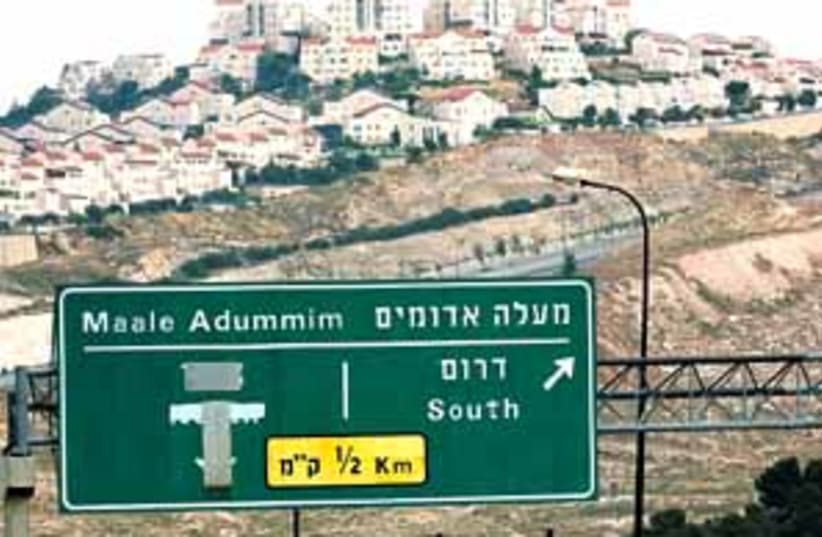Hebrew University geographers Ilan Salomon and Larissa Fleishman set out to prove the suspicion, publishing "Where Lies the Green Line: Israeli Students' Mental Map," a survey of nearly 500 Bar-Ilan and Hebrew University students, two years ago. The study found that the majority was unfamiliar with the location of the municipal border or the Green Line, the location and size of the West Bank and the general history of sovereignty there.
"Knowing where the east Jerusalem border is and where the Green Line is has political ramifications," says Salomon. "The case of a settlement being on this side or that of the Green Line is a major issue in every election and, just for that reason, people need to know. You can't let people go without knowing such basic information."
David Newman, a professor in the department of politics and government at Ben-Gurion University of the Negev and chief editor of the 
